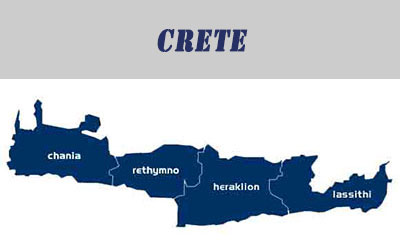
Rethymnon
Rethymnon remains one of the most beautiful of Crete’s major cities , with an enduringly provincial air. A wide sandy beach and palm-lined promenade border the old town, a labyrinthine tangle of Venetian and Turkish houses where ancient minarets lend an exotic air to the skyline. Dominating everything from the west is the superbly preserved outline of the fortress built by the Venetians after a series of pirate raids had devastated
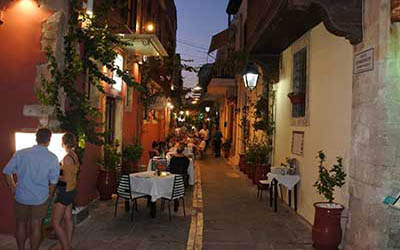
Wander the Old Town
Getting lost in the narrow streets is half the fun of visiting this town. Chances are you'll find a cute café or restaurant, either in the streets or along the waterfront, and settle in for a bit of people watching.If you have your own car, the best place to park and access the old town is down near the ferry terminal, where you'll find a large parking lot with very reasonable rates.
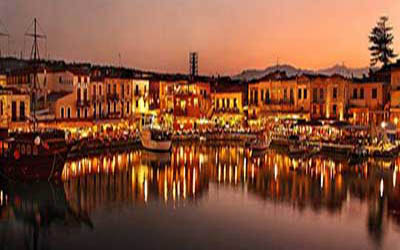
Old Venetian Harbor
Surrounding the harbor is a wonderful assortment of restaurants serving traditional Cretan cuisine. At night, the area is tastefully lit and a perfect spot for a romantic dinner with the warm gentle breezes of the Mediterranean blowing in. On the far side of the harbor stands a 13th-century breakwater, and at the far end is a 17th-century lighthouse.

Fortezza
By the 16th century, the Ottoman Turks were fast advancing into Europe. Between 1573 and 1580, the Venetians built this enormous fortress, completed with sturdy bastions, to protect the island against Turkish invasion and also as a place where locals could take shelter, should the Turks take the town.It's worth finding your way to the fortress; perched atop Paleokastro hill, immediately west of the old harbor, it affords marvelous views over Rethymnon's old town and out to sea.On the highest point, note the mosque, originally a church, but converted into an Islamic place of worship by the Turks when they eventually conquered the town in 1646. There's also a small open-air theater, which hosts concerts in summer.
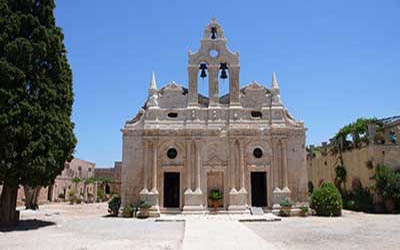
Arkadi Monastery
The Orthodox Church played an important role in liberating Greece from Turkish occupation. Set amid the rural foothills of Psiloritis (Mount Idi), 23 kilometers southeast of Rethymnon, this fortress-like 16th-century monastery is surrounded by high stone walls. Today, it's a wonderfully peaceful place, with a delightful Baroque church and a rose garden, but it has not always been so.In 1866, the monastery became the central meeting place for Cretan revolutionaries, with the Abbot as chairman. During an uprising against the Turks, some 900 locals (mainly women and children), who had taken refuge here, chose to blow themselves up rather than surrender. Outside the monastery, their skulls are displayed in glass cabinets as a haunting monument to their bravery.
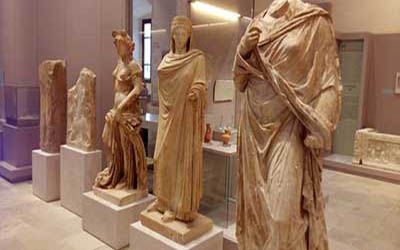
Archaeological Museum of Rethymnon
This small museum holds a variety of historical treasures from the city and surrounding area. Well worth a quick stop, you'll see items from Neolithic, Roman, and Minoan times. Also on display is a collection of jewelry and coins, along with Roman statues.The admission fee is very modest, and display panels have descriptions in multiple languages.
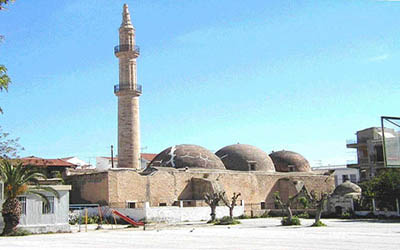
Neratze Mosque
Found near the center of town and easily recognized by its 27-meter-high minaret, is the Neratze Mosque, dating from 1600. No longer functioning as a religious building, it now hosts musical concerts. It is not open for tours, but be sure to have a look at the main doorway as you walk by. Out front is a large courtyard, and around the side you'll find pleasant cafés in the shadow of the walls.
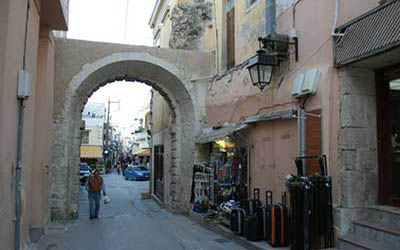
Porta Guora
Located at the south end of the old town, this is the only remaining structure from the 16th-century walls. Arching over the narrow street below, this landmark is an ideal place to start your visit to the old town.If you continue straight down this main road, you'll pass by some of the highlights of the old town, including the Rimondi Fountain. Porta Guora also goes by the name of Great Gate of Reythmnon.
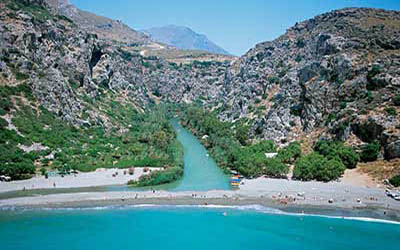
Preveli Palmbeach
Some of Crete's most beautiful beaches are on the remote south coast looking out on the Libyan Sea. Hidden away below Preveli Monastery, which is 36 kilometers south of Rethymnon, this fine pebble beach lies at the mouth of a river and is backed by a lush palm grove. Visiting this beach is one of the top things to do in the area. You have to walk down to the beach from the parking area high above, which takes about 15 to 20 minutes. If you don't feel like expending the energy to hike down, there are beautiful views over the beach from the area just beyond the back of the parking lot.
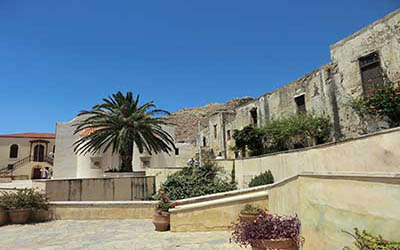
Preveli Monastery
On Crete's isolated south coast, built into a remote hillside overlooking the Libyan Sea, Preveli Monastery lies 36 kilometers south of Rethymnon and is only accessible via a winding road through the mountains. Dating from the 17th-century, the monastery features a church and a small museum displaying icons and ecclesiastical paraphernalia.Outside stands a Memorial for Peace and Resistance, erected in 2002. During the Battle of Crete, in 1941, the monks at Preveli gave supplies and shelter to the Allies. The monument is composed of a large headstone, with an unusual statue of a priest (holding a machine gun) and a soldier (one of the Allies) standing to each side. From here, you have absolutely stunning views down onto the sea.The drive to the monestary offers beautiful views over the south coast. You can combine a trip here with a stop at nearby Preveli Beach.
Official site:http://www.preveli.org/files/moni/enindex.htm


